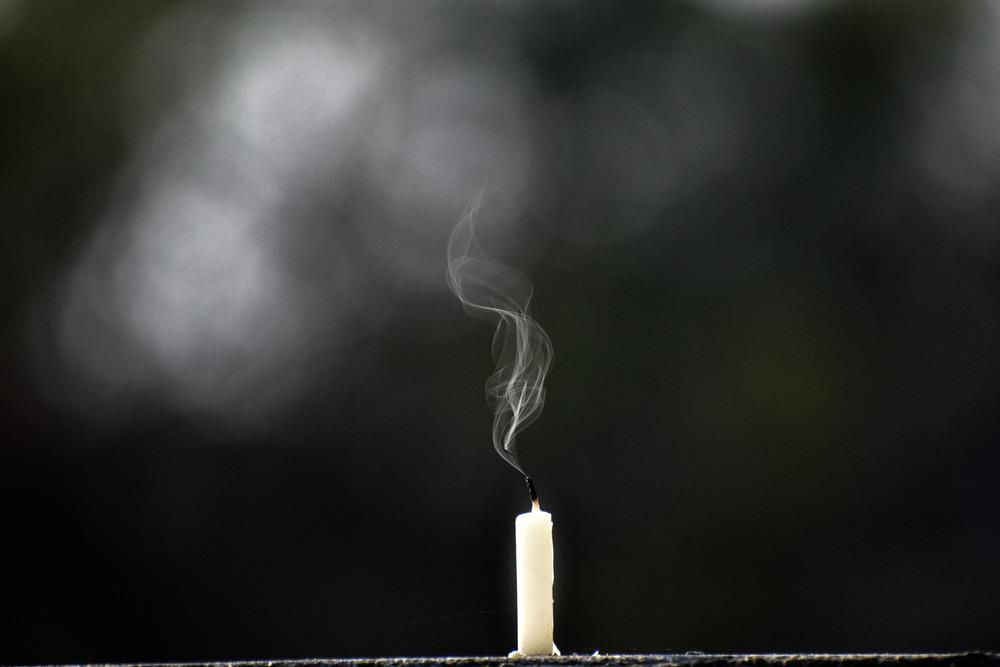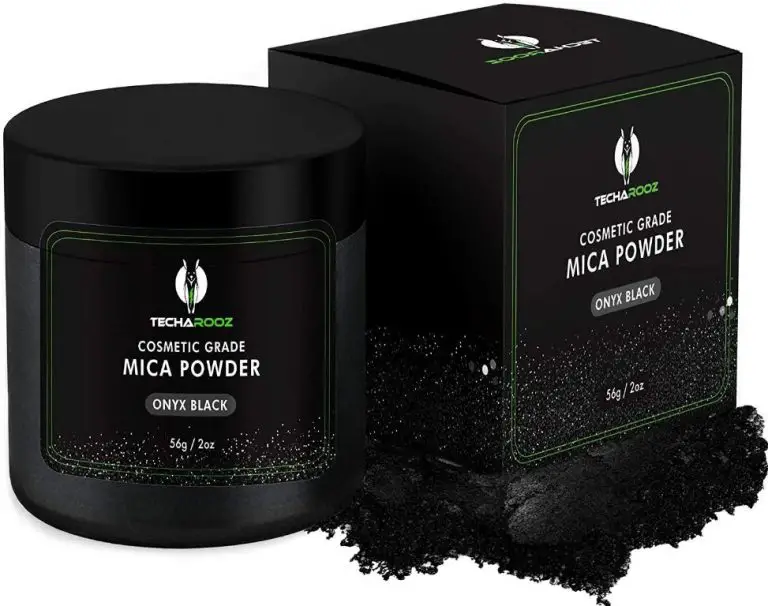Is It Bad If My Candle Gives Off Black Smoke?
What Causes Black Smoke from Candles
The main reason candles produce black smoke is from incomplete combustion of the wax, oils or other fuel sources used in the candle. This incomplete burning occurs when the wick is too large or long for the type of wax or oils being used. It can also happen if the candle is burned too quickly, not allowing the wax to properly melt and create a full melt pool before reaching the wick. Low quality oils and waxes that have more impurities are another common cause of black smoke from candles, as these impurities cannot burn fully.
Specifically, when a candle wick is too large, thick, or long, it creates a very high flame temperature. This overly hot flame burns the wax rapidly and unevenly. The wick then draws up the wax faster than the wax can liquefy, resulting in incomplete combustion and more unburnt carbon particles. These unburnt carbon particles from the improperly melted wax are what causes the thick black smoke.
Additionally, lower quality waxes and oils that contain more contaminants and impurities can also lead to black smoke. The impurities don’t fully combust and turn into black soot particles instead. This is why it’s recommended to use higher quality candle wax and oils from reputable suppliers to prevent black smoke issues.
Is Black Smoke Dangerous?

Black smoke from candles contains unburned carbon particles that can be a potential respiratory irritant if inhaled in large quantities. According to research, exposure to fine particles in indoor air has been associated with some cardiovascular and respiratory issues [1]. While not as dangerous as smoke from wildfires or tobacco, the particulate matter in candle smoke should still be avoided.
When a candle burns optimally, it should not produce thick black smoke. Just a wisp of gray or light smoke is expected. Black smoke means the candle is not burning efficiently and producing more soot than usual. Even scented candles release some soot particles, but these are usually minimal if the candle has a proper wick and wax pool.
Overall, occasional exposure to a small amount of candle smoke is unlikely to cause major health issues. However, inhaling large quantities of black smoke regularly could irritate the lungs and airways. It’s best to trim wicks, allow the wax to pool, and ensure proper ventilation whenever burning candles to minimize smoke production.
When to Trim the Wick
If the flame gets too large or produces black smoke, it’s a sign that the wick needs to be trimmed. This happens when the wick gets too long and the flame is able to reach parts of the wick that haven’t been properly soaked in wax yet. According to CandleScience, an oversized flame on a long wick can produce black smoke, an uneven burn, and wax pooling issues.
To prevent black smoke, it’s recommended to trim the wick to 1⁄4 inch before lighting. This ensures only the lower soaked portion of the wick will burn, keeping the flame a proper size. As the candle burns down, you may need to periodically trim the wick again to maintain a 1⁄4 inch length. Properly trimming the wick helps optimize the capillary action of the wax being drawn up while also limiting excess unburned carbon that leads to smoke production.
Using the Right Wick
One of the keys to preventing black smoke is using the proper wick size for your candle’s diameter. As a general rule, larger candle diameters require larger wick sizes to ensure full melt pool and proper burn. Cotton, wood, and other wick materials each have different specifications for ideal pairings with certain candle sizes. According to the CandleScience wick guide1, the wick size should bend over when lit for the first time. This indicates it will provide sufficient heat transfer without getting drowned in molten wax. An oversized wick poses risks like tunneling, while an undersized wick can lead to poor melt pool, sputtering, mushrooming, and smoking.
Allowing the Wax to Pool
It’s important to allow the wax to completely pool before relighting a candle. According to What is a melt pool?, the wax pool should reach a depth of 1⁄4” to 1⁄2” for each inch of candle diameter. If the candle is relit before allowing the wax to fully melt, it can cause tunneling and an uneven burn.
To achieve proper wax pooling, let the candle burn for at least one hour before blowing it out. This gives time for the melt pool to reach the optimal depth. Wait until the wax has fully hardened again before relighting. Rushing to relight while wax is still molten can cause issues like black smoke. Allowing full wax pools creates even burn layers and prevents tunneling.
Avoid Drafts
One of the most common causes of black smoke from candles is burning them in a drafty area. Drafts cause uneven burning and smoke by blowing the flame erratically from side to side (AURA Candle Bar). This prevents the wax from pooling properly and causes the flame to become overly large and sooty.
To prevent drafts, avoid placing candles near open windows, doors, vents, fans, or air currents. The flame needs to burn upright without blowing around in order to burn cleanly. Shelter the candle from any air flow in the room (Honey Candles). A draft-free area allows for an even burn and minimal smoke.
Use Quality Waxes/Oils
Opt for candles made from natural waxes like soy wax or beeswax, as these tend to produce less black smoke than paraffin wax. According to The Sojourn Company, choosing high-quality candle wax is essential to avoid black smoke.
Beeswax and soy wax are less prone to smoking because they have a higher melting point than paraffin. Paraffin wax melts quickly and produces more soot. Avoid low quality paraffin candles, as these are more likely to smoke.
Beeswax in particular is praised for its clean burn and fragrance throw. However, according to a Craft Server forum post, even beeswax can produce some black smoke at first until the wax fully cures. Allow beeswax candles to cure for 1-2 weeks before burning to prevent excess soot.
Proper Burn Time
To avoid issues like black smoke, it’s important to let your candle burn for the proper amount of time. According to the Candle.org, you should burn a candle for approximately 1 hour per inch (2.5 cm) of diameter. For example, a 3-inch diameter candle should burn for around 3 hours before being extinguished.
Additionally, you should avoid burning a candle continuously for more than 4 hours at a time. Allowing a candle to burn too long in one sitting can cause the wax pool to become too deep, resulting in black smoke. After burning for up to 4 hours, you should extinguish the candle and allow it to cool completely before relighting (Archipelago). This allows the wax pool to reset and provides a cleaner, safer burn the next time you light the candle.
Following these simple burn time guidelines will help prevent issues like black smoke and ensure you get the most out of your candle.
Container Size
Choosing the proper sized container for your candles is important to prevent issues like black smoke. You want to make sure the container allows adequate airflow and space for the wax to pool and burn properly. The general recommendation is to allow 1⁄2 to 1 inch of clearance between the top of the wax pool and the top opening of the container. This extra space gives the fragrance and wax smoke room to dissipate instead of clogging at the top. According to Candle Making Supplies, container openings smaller than 2 inches in diameter should allow 1/2 inch clearance, while larger openings over 2 inches can have up to 1 inch of space.
If the container is too small, the melted wax can clog the opening, preventing airflow and causing smoke buildup. On the other hand, containers that are too large for the candle size can also inhibit proper wax pool formation and lead to issues like black smoke. It’s best to follow recommendations from reputable suppliers for pairing container sizes with your particular candle wax volume. Proper fitting vessels in the right size help candles burn cleanly and minimize excess smoke production.
When to Throw Out
It’s important to know when it’s time to stop burning a candle and throw it away. Some signs that indicate a candle should be discarded include:
If a candle repeatedly produces black smoke while burning, it’s a sign that something is wrong and the candle should be thrown away. According to an article on Reddit [1], continuous black smoke can mean the wick is too big and producing excess soot.
Soot buildup on walls or ceilings around the candle can also be a red flag. Per Bridgewater Candles [2], this soot residue means your candle isn’t burning cleanly and it may be time to stop using it.
An unpleasant or strange smell from a scented candle often means it has gone bad and should be tossed. As candles burn down, the scent can change and become sour or rancid smelling.
In summary, black smoke, soot buildup, and foul odors indicate when a candle should be discarded instead of burned further.
[1] https://www.reddit.com/r/bathandbodyworks/comments/x1ltse/when_do_you_decide_to_throw_away_a_candle/
[2] https://bridgewatercandles.com/blogs/news/candle-burning-101




